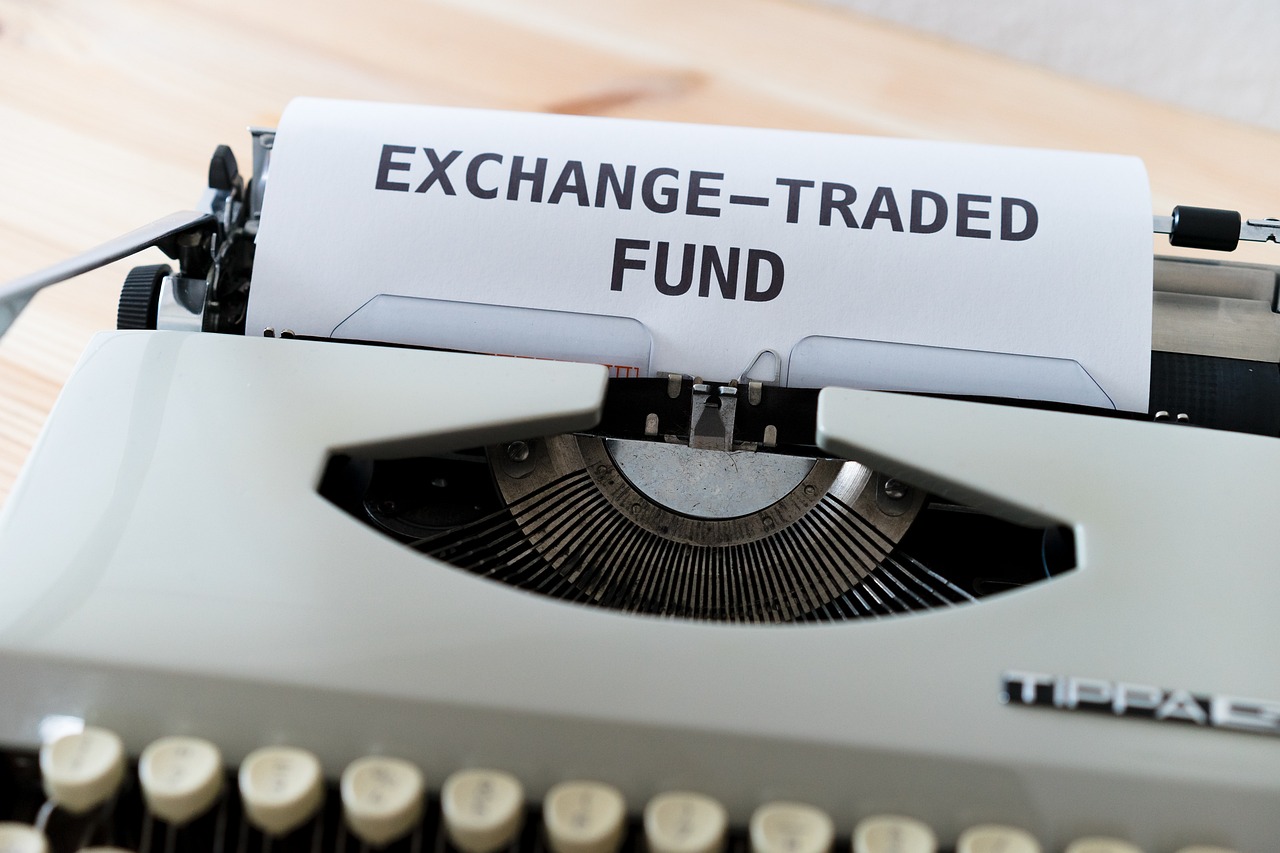Exchange-traded funds (ETFs) that employ derivatives to magnify or invert the performance of an underlying asset or index are known as leveraged and inverse ETFs. Inverse ETFs are meant to offer the opposite of the daily return of the underlying asset, whereas leveraged ETFs are designed to deliver twice (2x), three times (3x), or even four times (4x) the daily return of the underlying asset.
For example, a 2x leveraged ETF that tracks the S&P 500 index would be expected to deliver a return that is twice the daily return of the S&P 500 index. So, if the S&P 500 index rises by 1% in a day, the 2x leveraged ETF would be expected to rise by 2%.
Inverse ETFs work in the opposite way. A 2x inverse ETF that tracks the S&P 500 index would be expected to deliver a return that is twice the daily decline of the S&P 500 index. So, if the S&P 500 index falls by 1% in a day, the 2x inverse ETF would be expected to rise by 2%. Leveraged and inverse ETFs can be a powerful tool for investors who are looking to amplify their returns or protect their portfolios from losses. However, it is important to understand the risks involved before investing in these products.

The Risks of Leveraged and Inverse ETFs
Leveraged and inverse exchange-traded funds (ETFs) carry several inherent risks that investors should be cautious about. The primary concern with these types of ETFs is their potential to greatly enhance both losses and gains. This dynamic is a consequence of the daily application of leverage, or inverse exposure. In practical terms, if the underlying asset or index encounters a substantial drop within a single day, the leveraged or inverse ETF could incur a substantial loss that’s proportionally magnified.
Beyond this, another noteworthy risk associated with leveraged and inverse ETFs is their inherent volatility. The mechanism of leverage or inverse exposure can intensify the impact of even minor fluctuations in the underlying asset or index. Consequently, these ETFs are prone to experiencing pronounced price swings over relatively brief time frames. This heightened volatility can add an additional layer of uncertainty for investors, especially those who might not be prepared for the intensified market fluctuations.
Lastly, it’s important to acknowledge that leveraged and inverse ETFs often come with a higher price tag. The utilization of derivatives to amplify or reverse the performance of the underlying asset or index incurs additional costs. These costs can erode the overall returns of the ETF, effectively reducing the gains that investors might expect to achieve. This cost factor needs to be carefully weighed against the potential benefits of enhanced returns that leveraged and inverse ETFs aim to provide.
In summary, investing in leveraged and inverse ETFs involves navigating through a set of distinctive risks. These include the potential for amplified losses alongside gains due to daily leverage application, heightened volatility stemming from the magnified impact of minor fluctuations, and the increased costs associated with the utilization of derivatives. As with any investment decision, potential investors should thoroughly comprehend these risks and consider them in relation to their risk tolerance, investment objectives, and overall portfolio strategy.
Leveraged and inverse ETFs can be used in a variety of ways. They can be used to:
Amplifying Returns: Leveraged ETFs are particularly attractive to investors seeking to magnify their returns on an underlying asset or index. By utilizing leverage, these ETFs aim to deliver a multiple of the daily performance of the benchmark they track. This can be an effective approach for those looking to enhance their investment gains, especially during periods of upward market movement. However, it’s crucial to recognize that the amplification works both ways: while gains can be boosted, losses can also be significantly heightened.
Hedging Against Losses: Inverse ETFs are designed to move in the opposite direction of their underlying asset or index. This inverse exposure can be employed as a hedging strategy to protect a portfolio from potential losses during market downturns. By holding inverse ETFs, investors can mitigate the negative impact of declining markets. Still, it’s important to acknowledge that while these ETFs act as a buffer against losses, they can also accentuate gains if the market rises.
Trading Short-Term Trends: Leveraged and inverse ETFs can also be leveraged as tools for capitalizing on short-term market trends. Traders who can accurately identify and predict short-lived shifts in the market can potentially profit from these ETFs. However, this approach requires a high level of market awareness, timing precision, and risk management. Due to the magnifying effects of leverage and inverse exposure, trading based on short-term trends can lead to substantial gains or losses within a brief timeframe.
Tactical Portfolio Adjustments: Leveraged and inverse ETFs can be utilized for making tactical adjustments to an investment portfolio. During periods of heightened market uncertainty, an investor might allocate a portion of their portfolio to inverse ETFs as a defensive measure. Conversely, when anticipating bullish trends, leveraged ETFs could be strategically added to capitalize on potential upside.
Active Trading Strategies: For experienced traders, leveraged and inverse ETFs can serve as tools within active trading strategies. These strategies involve frequent buying and selling of ETFs to capture short-term price movements. However, due to the complexities introduced by leverage and inverse exposure, active trading using these ETFs requires an in-depth understanding of market dynamics and risk management.

Additional Information
Here are some additional things to keep in mind when investing in leveraged and inverse ETFs:
Leveraged and inverse ETFs are designed to achieve their stated objectives on a daily basis. This means that their performance over longer periods of time can differ significantly from their stated objectives. Leveraged and inverse ETFs can be sensitive to fees and expenses. These fees can eat into the returns of the ETF. Leveraged and inverse ETFs are not suitable for all investors. They should only be used by those who understand the risks and are comfortable with the potential for losses.
It’s critical to conduct research and comprehend the risks associated with investing in leveraged and inverse ETFs. To acquire specific guidance, you should also consult a financial professional.





